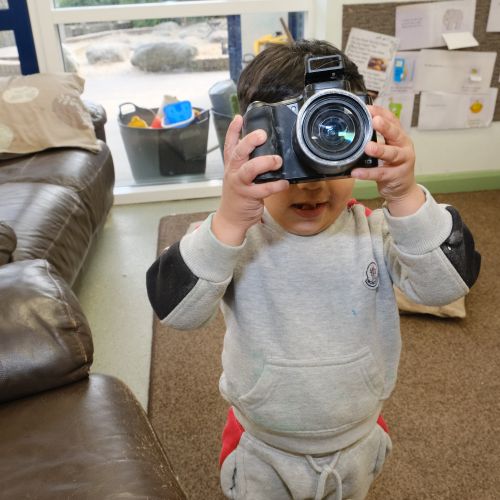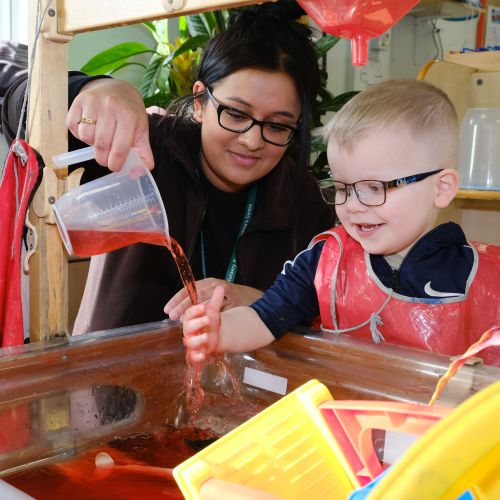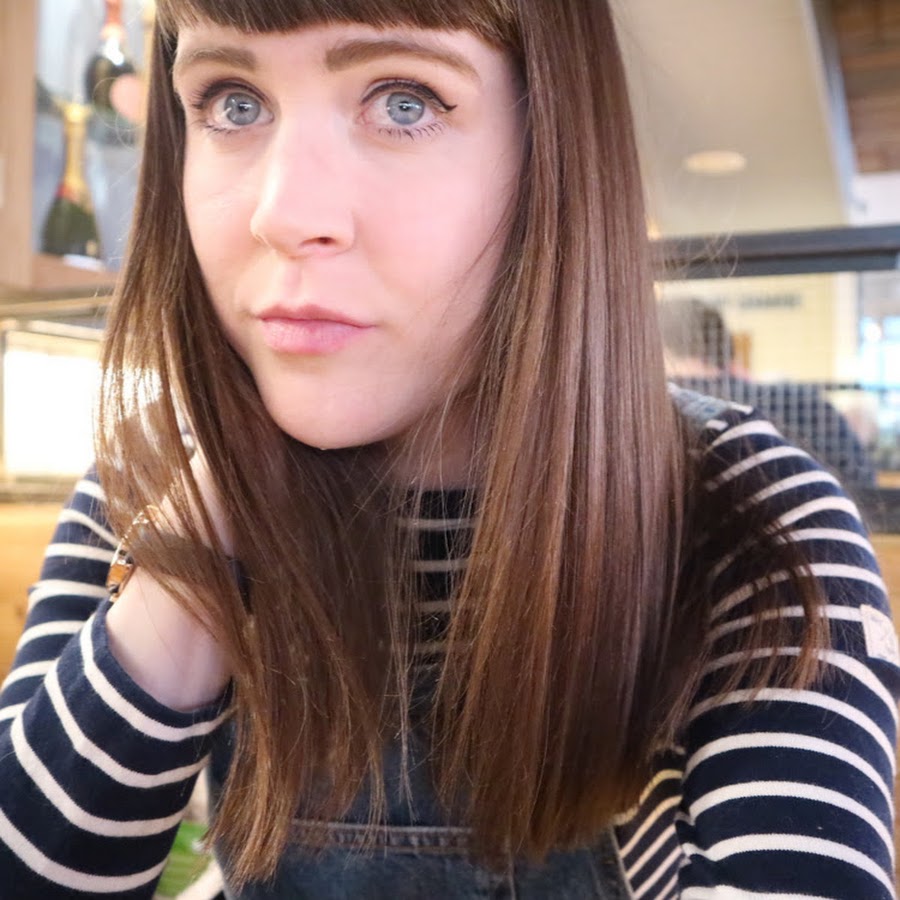Blog
Kerry Murphy: Play and Neurodiversity
Kerry Murphy is an early childhood specialist with a background in neurodiversity, disability and behaviour. She is a lecturer in early years and SEND at Goldsmiths University and the author of ‘A Guide to SEND in the Early Years'.
There is a long-held belief that play does not come naturally to children with developmental differences and disabilities and that these children need to be taught how to play appropriately. However, growing evidence suggests that play is intrinsic to all children (see Pritchard-Rowe et al, 2023 and Lester and Russell, 2023), and it is up to educators to develop their understanding of the diversity and patterns of play. Historically play in typically developing and non-disabled children has been prioritised and from this emerges typical definitions and descriptions of play that often exclude children who play differently (Goodley and Runswick-Cole, 2010). This exclusion results in the view that play needs to be deemed appropriate, functional or purposeful to have value. This blog will attempt to help educators to reframe their perspectives of play so that we develop more inclusive understandings of diverse play.

Self-directed play

Sometimes the best way to understand a child's play is to mirror it!
Play Provocation
Let’s begin with a provocation about the ways in which we might perceive play in a typically developing child versus a child who has a developmental difference such as being autistic.
Provocation One:
Hattie is typically developing. Her key person has noticed she loves to line things up. Her key person says this is one of her play schemas and intends to plan some activities and experiences to support and extend upon this. Her key person recognises that this is developmentally meaningful to Hattie, and she is keen to ensure this interest in lining things up is planned for.
The key person is also supporting Jamel. Jamel is autistic. He also loves to line things up and shows a strong preference for repetition in his play. His key person says that it must be a symptom of his autism and she has been advised by her area SENCO to use a strategy known as sabotage where she tries to redirect Jamel’s play with different activities.
When you read the two case studies, you might notice that Hattie who is typically developing is afforded a much greater understanding of her interest in lining things up. The key person is enthusiastic about this valuable play pattern, yet when it comes to Jamel who is autistic, his lining up is perceived differently. Just knowing that he is autistic shifts the perception of his play as problematic and in need of fixing or correcting. This is understood to be the pathologisation of play whereby children who engage in play that is associated with the traits of their neurotype become overlooked or misunderstood. There is so much unknown about the diversity of play because it has never received adequate attention in research which can then make it difficult to support it in practice. As educators, we are now presented with an opportunity to give life to all types of play in order to better understand and affirm it (Trammell, 2023). One of the best ways to do this, is to enable time for children to engage in self-directed play where they can pursue their intrinsic motivations.
Describing self-directed play
Self-directed play refers to play that is initiated, chosen, and maintained by the child (see Gray, 2016). Self-directed play exists on a continuum and forms part of the many playful experiences’ children can benefit from in an early childhood setting. Self-directed play is important because it enables children time to follow their own instincts, ideas and interests in their own way and for their own reasons (Play Radical citing The Play work Principles, 2020). It provides an important opportunity for us to learn about who the child is and what they are motivated by. Children’s lives are often dictated by what they will become, that there is often very little time for them to just be who they are in the moment and to revel in play-filled lives. It is tempting here to list of several reasons why self-directed play is beneficial to children’s wellbeing, learning and development, but for any early educator, we know that this is beyond doubt and play should not need constant justification. Simply, self-directed play is an innate human experience. Lester and Russell capture this well by stating that “play is a unique way of being. It is behaviour that involves perceiving, feeling, and acting in the world. Children engage in play by taking time and space for their own needs and desires, which helps them develop flexible and adaptable responses to their environment (Lester and Russell, 2014, p.7). If we deny this to neurodivergent children, this could limit their potential.
Why embrace self-directed play for neurodivergent children
Increasingly, researchers are interested to know and understand the different play patterns that are exhibited by children who are neurodivergent and/or disabled. For example, Conn (2023) interviewed autistic adults about their play experiences as children and found that despite the view that autistic children have limited play skills, several valid and important patterns emerged including sensory seeking, collecting, organising, sorting and engaging in solitary play which can provide a break from excessive demands. Conn’s research highlights that we should value what is important to children rather than trying to rectify or correct their play. We may also observe that doesn’t quite make sense, but giving time for uninterrupted play can also reveal new insights about the essence of play for individual children and enables us to uphold all children’s right to play (UNCRC, 2018).
Ways to support play in neurodivergent children:
1. Mirror the child’s play
Sometimes the best way to understand a child’s play is to mirror it. For example, if a child likes to engage in self-stimulatory behaviour such as spinning, join in and mirror this. This communicates to the child that you are interested in their play but it might also give you an insight into why the type of play is motivating.
2. Engage in parallel play
There can often be a focus on co-operative or interactive play but for neurodivergent children, there can be many social demands and play is a way to relax, regulate and decompress. If you want to engage in a shared experience, you may simply play alongside the child, and may add commentary where relevant. This non-pressured way of playing can be a gateway to more co-operative opportunities when the time is right.
3. Use a play dictionary!
The truth is that we have so much yet to learn about diverse play patterns. There may be moments in which the play makes very little sense to you. It is important to sit with the discomfort of not necessarily knowing the motivation for the play but building up a picture of the play pattern over time. A play dictionary can be a way of recording your curiosities and thinking about how you might support and validate the play.
References
Daly, A., 2016. A commentary on the United Nations Convention on the Rights of the Child,
Article 15: The right to freedom of association and to freedom of peaceful assembly (Vol. 15).
Brill.
Pritchard-Rowe, E., de Lemos, C., Howard, K. and Gibson, J., 2023. Diversity in Autistic Play:
Autistic Adults; Experiences. Autism in Adulthood.
Goodley, D. and Runswick‐Cole, K., 2010. Emancipating play: Dis/abled children,
development and deconstruction. Disability & society, 25(4), pp.499-512.
Gray, P., 2013. Free to learn: Why unleashing the instinct to play will make our children
happier, more self-reliant, and better students for life. Basic Books.
Conn, C., 2015. ‘Sensory highs’,‘vivid rememberings’ and ‘interactive stimming’: children’s
play cultures and experiences of friendship in autistic autobiographies. Disability &
Society, 30(8), pp.1192-1206.
Trammell, A., 2023. Repairing play: A Black phenomenology. MIT Press.
Lester, S. and Russell, W., 2014. Children’s right to play. The SAGE handbook of play and
learning in early childhood, pp.294-305.
https://playradical.com/blog/
 |
Kerry Murphy Kerry is an early childhood specialist with a background in neurodiversity, disability and behaviour. Find out more about what Kerry does here |
